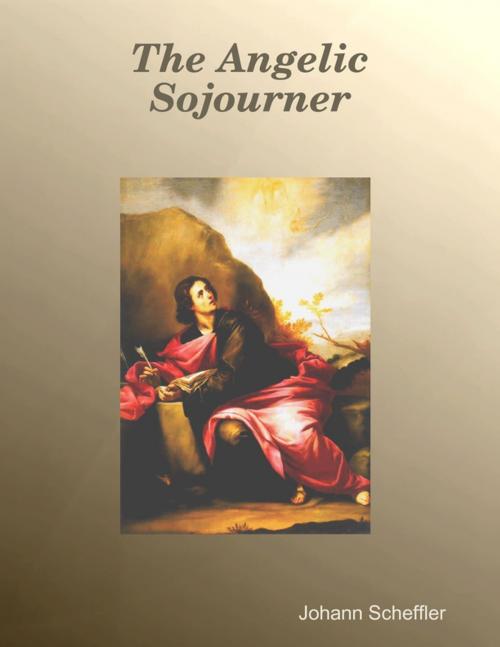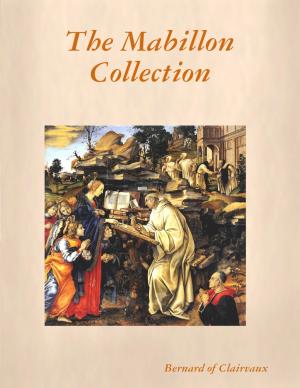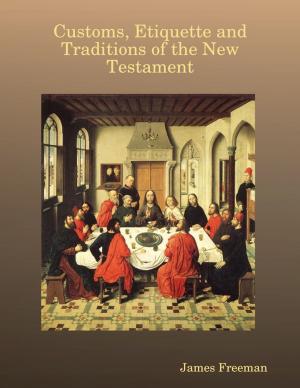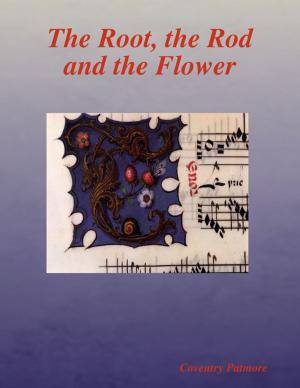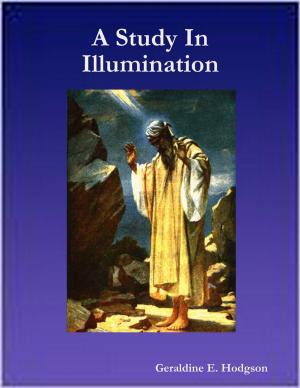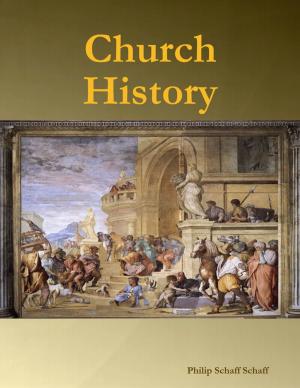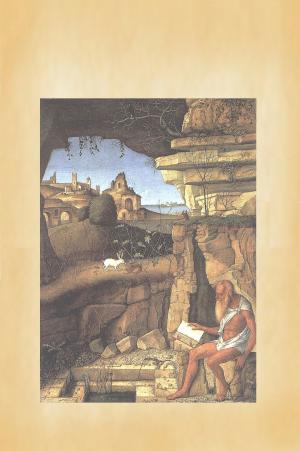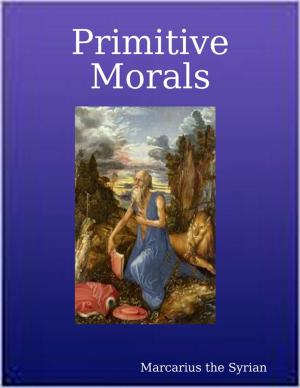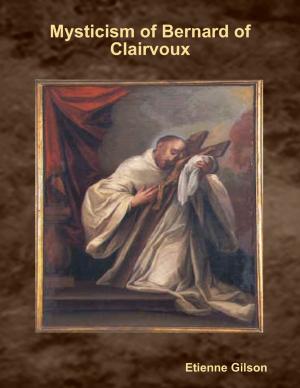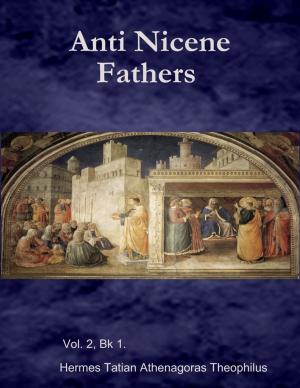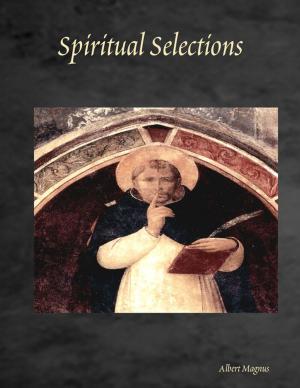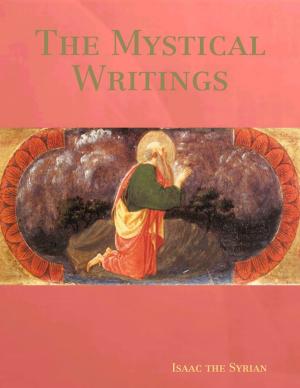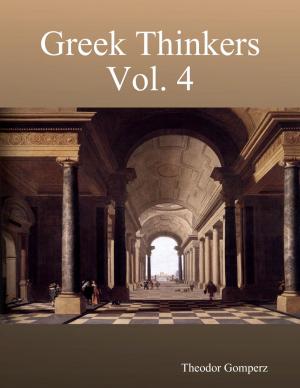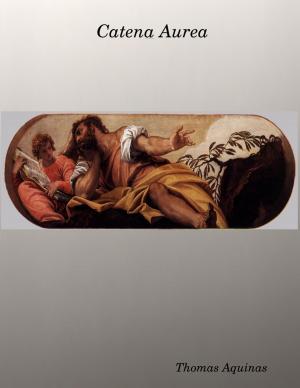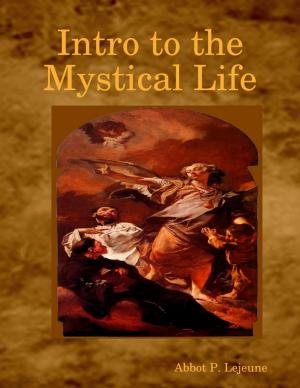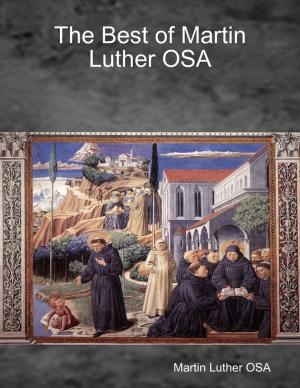| Author: | Johann Scheffler | ISBN: | 9781936392322 |
| Publisher: | Revelation Insight | Publication: | June 16, 2013 |
| Imprint: | Revelation Insight | Language: | English |
| Author: | Johann Scheffler |
| ISBN: | 9781936392322 |
| Publisher: | Revelation Insight |
| Publication: | June 16, 2013 |
| Imprint: | Revelation Insight |
| Language: | English |
For the first time in the English language, comes a work long overdue, “ The Angelic Sojourner” by Johann Scheffler. This work is follows in the heritage of Meister Echart, Tauer and others of the “Negative Pathway” spirituality. This particular work in verse form by taking, the somewhat unusual Alexandrine, a couplet with lines of twelve syllables, occasionally thirteen, which was used in early French romantic poems about Alexander the Great. In English it is perhaps oftenest met with as the last line in the Spencerian stanza. To have translated all of the 1676 couplets would have been to encounter much repetition and boredom, and in a few instances, insurmountable rhyming difficulties. The selection here made was perhaps arbitrary but represents an attempt to include the most arresting of Angelus Silesius' couplets. In his writings his father's choleric temperament reappears, whereas the earlier Cherubinischer Wandersmann emphasizes his quieter poetic talent and his profound analytic philosophy.
For the first time in the English language, comes a work long overdue, “ The Angelic Sojourner” by Johann Scheffler. This work is follows in the heritage of Meister Echart, Tauer and others of the “Negative Pathway” spirituality. This particular work in verse form by taking, the somewhat unusual Alexandrine, a couplet with lines of twelve syllables, occasionally thirteen, which was used in early French romantic poems about Alexander the Great. In English it is perhaps oftenest met with as the last line in the Spencerian stanza. To have translated all of the 1676 couplets would have been to encounter much repetition and boredom, and in a few instances, insurmountable rhyming difficulties. The selection here made was perhaps arbitrary but represents an attempt to include the most arresting of Angelus Silesius' couplets. In his writings his father's choleric temperament reappears, whereas the earlier Cherubinischer Wandersmann emphasizes his quieter poetic talent and his profound analytic philosophy.
